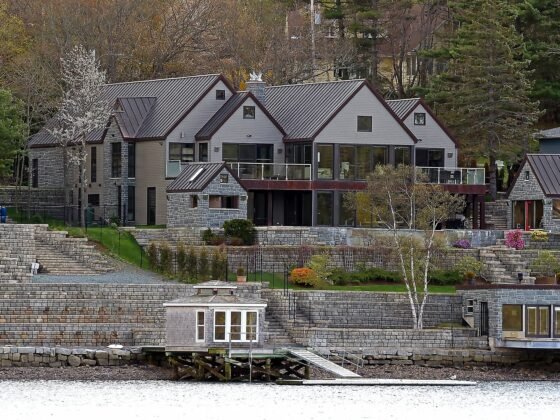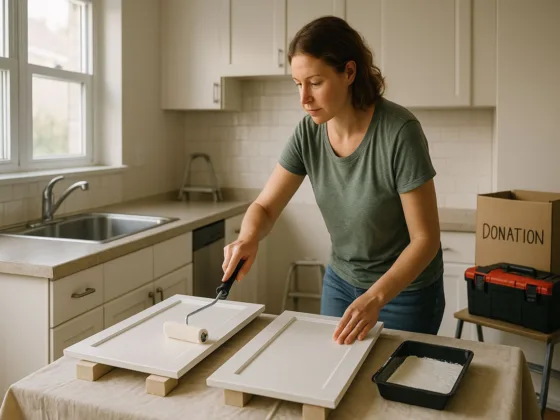Table of Contents Show
Programmable logic controllers (PLCs) are essential components of many industrial applications.
They are used to control and automate a wide range of processes, from simple machines to complex manufacturing lines.
When choosing a PLC, it is important to consider the specific needs of your application. The following factors should be taken into account:
- The type of process to be controlled
- The required level of control
- The desired features and functionality
- The budget
Types of PLCs
Programmable Logic Controllers (PLCs) are digital computers that are used to automate industrial processes.
They are typically used in applications where there is a need to control a large number of inputs and outputs, or where the process is subject to change.
There are many different types of PLCs available according to MRO Electric, each with its own strengths and weaknesses. The most common types of PLCs are:
- Ladder logic PLCs: These PLCs use ladder logic, which is a simple programming language that is easy to learn and use. Ladder logic is a graphical language that resembles electrical schematics, which makes it easy for electricians to understand.
- Function block diagram PLCs: These PLCs use function block diagrams, which are a more complex programming language than ladder logic. Function block diagrams are a block-based language that makes it easy to create complex control systems.
- Structured text PLCs: These PLCs use structured text, which is a text-based programming language that is similar to high-level programming languages like C++ or Java. Structured text is a powerful programming language that is well-suited for complex control systems.
In addition to these three main types of PLCs, there are also a number of specialty PLCs available. These include:
- Safety PLCs: These PLCs are designed to be used in safety-critical applications, such as those involving hazardous materials or moving machinery. Safety PLCs have features that make them more reliable than standard PLCs, such as dual processors and redundant power supplies.
- Compact PLCs: These PLCs are designed for small, simple applications. Compact PLCs are typically less expensive and easier to program than standard PLCs.
- Remote I/O PLCs: These PLCs are designed to be used in remote locations. Remote I/O PLCs have their I/O modules located remotely from the PLC itself, which allows them to be used in areas that are difficult or dangerous to access.
The type of PLC that is best for a particular application depends on the specific requirements of the application. Some factors to consider when choosing a PLC include:
- The number of inputs and outputs required
- The complexity of the control system
- The required level of safety
- The budget
Once a PLC has been chosen, it needs to be programmed. The programming of a PLC is typically done using a software program that is provided by the PLC manufacturer.
The programming software allows the user to create a program that tells the PLC how to control the process.
PLCs are versatile and powerful tools that can be used to automate a wide variety of industrial processes. They are easy to use and program, and they are available in a variety of types to meet the needs of any application.
Required Level of Control
The level of control required for a particular application will vary depending on the complexity of the system being controlled. For simple applications, a basic ladder logic PLC may be sufficient.
This type of PLC is easy to program and can be used to control simple machines and processes. For more complex applications, a function block diagram or structured text PLC may be required.
These types of PLCs are more difficult to program, but they offer more flexibility and control over complex systems.
Here are some examples of applications that require different levels of control:
- A simple application that might be controlled by a ladder logic PLC is a conveyor belt. The PLC would be programmed to turn on the conveyor belt when a sensor detects that a product is present and to turn off the conveyor belt when the product reaches the end of the line.
- A more complex application that might be controlled by a function block diagram or structured text PLC is a chemical plant. The PLC would be programmed to control the flow of chemicals, the temperature of the reaction, and the pressure of the system.
The level of control required for an application will also depend on the safety requirements. For example, a nuclear power plant would require a very high level of control to ensure the safety of the plant and the people who work there.
Desired Features and Functionality
The desired features and functionality will also vary depending on the application. Some common features include:
- Analog input and output
- Digital input and output
- Timers and counters
- Communication capabilities
- Safety features
Budget
The budget will also be a factor in choosing a PLC. PLCs can range in price from a few hundred dollars to several thousand dollars. It is important to choose a PLC that fits within your budget.
How to Choose the Right PLC
Once you have considered the factors above, you can start to narrow down your choices. It is important to compare different PLCs from different manufacturers. You should also read reviews and compare prices.
Once you have found a few PLCs that meet your needs, you can test them out. This will help you to determine which PLC is the best fit for your application.
Choosing the right PLC for your industrial application is an important decision. By considering the factors above, you can make sure that you choose the PLC that best meets your needs.










